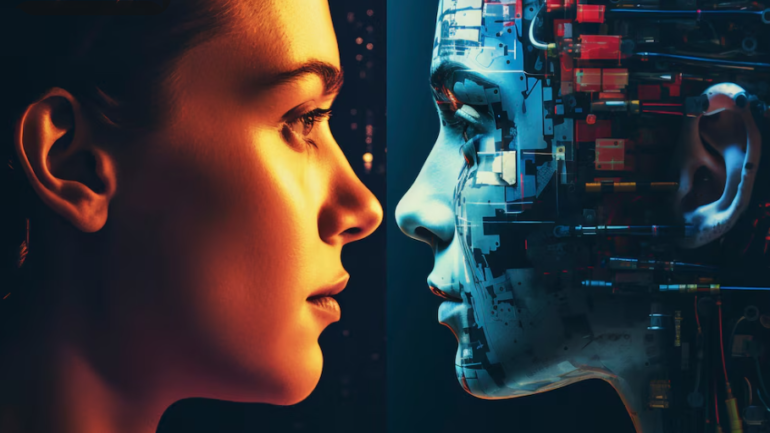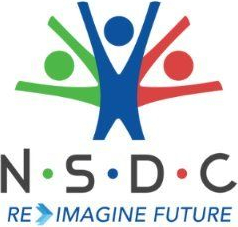AI’s New Milestone

Studies demonstrating AI can pass both traditional and moral Turing Tests highlight the increasing sophistication of AI systems today. While these developments offer exciting possibilities, they also prompt critical reflections on the ethical implications and the future role of AI in society.
The Turing Test, conceived by Alan Turing in his 1950 paper “Computing Machinery and Intelligence,” has long served as a reliable benchmark for evaluating a machine’s ability to exhibit human-like intelligence. Originally, the test involved a human judge conversing with both a human and a machine, with the machine’s goal being to convince the judge of its humanity.
Recent advancements in AI technology, such as OpenAI’s GPT-4, have not only passed traditional interpretations of the Turing Test but have also demonstrated superior performance in moral reasoning tasks. These could have monumental implications for the future of AI.
Passing the Traditional Turing Test
A recent study by researchers at the University of California San Diego evaluated the performance of three AI systems – ELIZA (an early Natural Language Processing model from MIT in the 1960s), OpenAI’s GPT-3.5, and GPT-4 – through a randomized, controlled Turing test. The results demonstrated that GPT-4 was identified as human 54% of the time, surpassing ELIZA (22%) and GPT-3.5 (50%) but falling short of actual humans (67%).
This is the first robust empirical demonstration of an AI system successfully passing an interactive two-player Turing test, underscoring the advanced capabilities of GPT-4 in imitating human conversational patterns. According to some interpretations of the Turing Test, a machine passes if it can fool the judge more than 50% of the time. By this standard, GPT-4, with a 54% pass rate, can be considered to have passed.
Ethereum co-founder Vitalik Buterin recently highlighted this achievement, noting that it signifies a significant milestone in AI development. He pointed out that the results were akin to a “coin flip,” emphasizing the narrowing gap between human and AI conversational abilities.
The Moral Turing Test
While the traditional Turing Test assesses an AI’s ability to simulate human conversation, recent studies, such as the one conducted by researchers at Georgia State University, have adapted the concept to evaluate moral reasoning – the modified Moral Turing Test (m-MTT). In this study, human participants were asked to judge responses to ethically complex questions generated by both humans and ChatGPT, an advanced large language model (LLM). The results were striking: participants slightly preferred the AI’s responses across metrics such as virtuousness, intelligence, and trustworthiness.
The success of AI in the m-MTT suggests that AI systems can generate responses perceived as morally superior to those provided by humans. This raises significant questions about the role of AI in ethical decision-making and its potential impact on society. EyalAharoni, co-author of the Georgia State University study, cautioned that while AI can produce convincing moral reasoning, it does not inherently possess morality. The AI’s responses are derived from vast datasets and algorithms designed to mimic human moral reasoning, but this does not equate to genuine ethical understanding or consciousness.
Broader Implications
The advancements in AI’s ability to pass both traditional and moral Turing Tests have profound implications for various aspects of society. For one, it challenges our understanding of intelligence and the human-AI interaction dynamic. As AI systems become more adept at mimicking human conversation and moral reasoning, they are likely to be integrated into more areas of daily life, including customer service, education, and therapeutic settings.
The perceived superiority of AI-generated moral judgments could also influence how people rely on AI for ethical guidance. This reliance may lead to a devaluation of human moral reasoning, as people might increasingly trust AI systems to make complex ethical decisions. This shift could have significant ramifications for fields such as law, medicine, and public policy, where moral judgments play a crucial role.
The study by UC San Diego also revealed that participants relied more on linguistic style and socio-emotional cues than on traditional notions of intelligence when making their judgments. This finding suggests that the nuances of human interaction are crucial in distinguishing between humans and AI, and that these subtleties are areas where AI still has room for improvement.
Acknowledgement:
- People cannot distinguish GPT-4 from a human in a Turing test (UC San Diego) Read here.
- Attributions toward artificial agents in a modified Moral Turing Test (Georgia State University) Read here.


